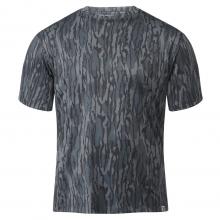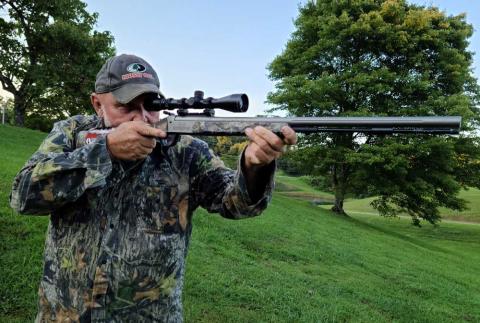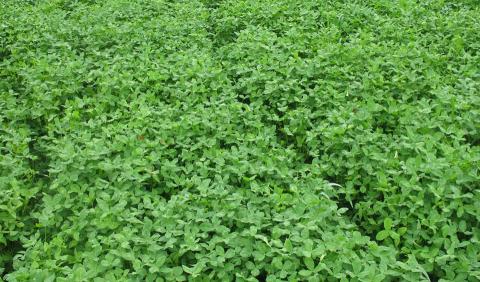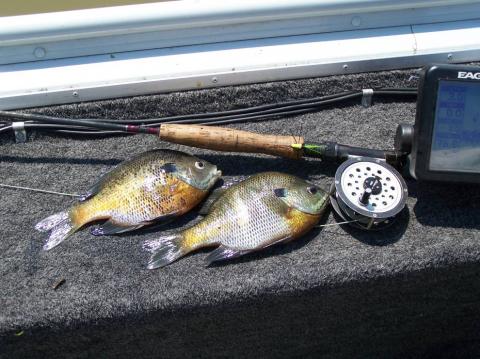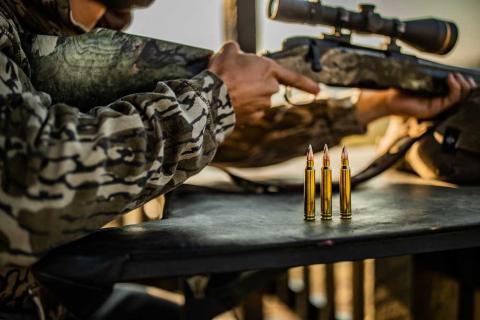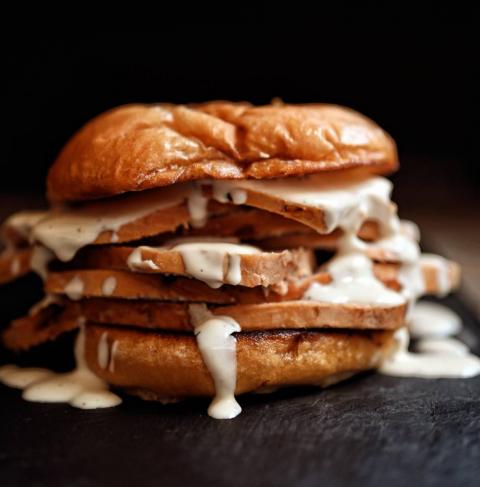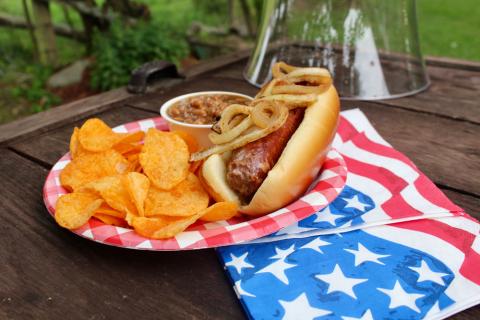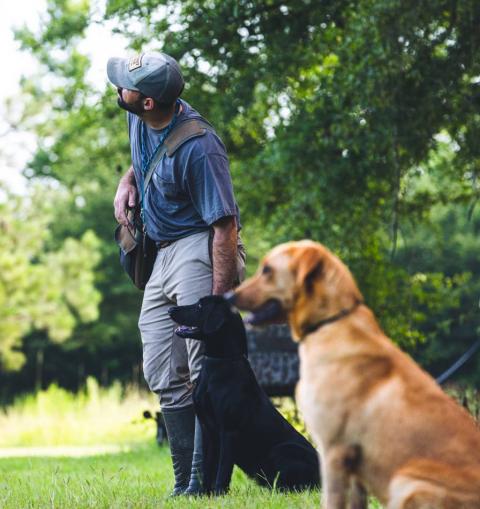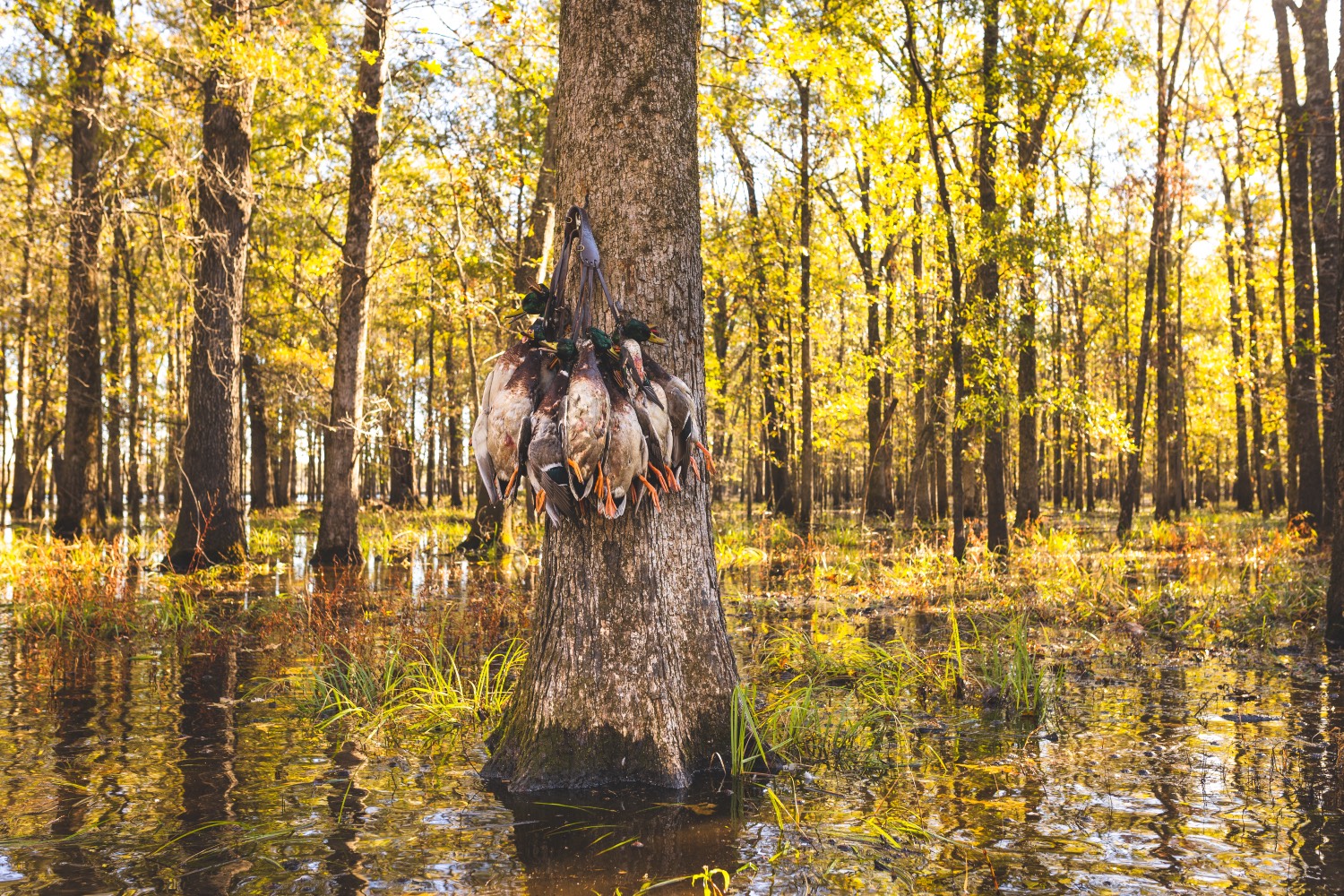
Written by Brent Birch
The flooded timber of Arkansas is quite famous in the world of duck hunting as it is unique and plentiful. There are pockets of hunting ducks under the canopy of flooded oak trees but no place on Earth compares to the opportunities in Arkansas. Not only through the famed private clubs but also state managed public opportunities such as Bayou Meto, Black River, Hurricane Lake, Black Swamp and Bayou Deview.
Waterfowlers near and far have traveled to Arkansas since the early 20th Century in hopes of timing their trip right to catch the mallard maple leafing through the limbs and leaves of Arkansas’s flooded bottomland forests.
Mallards come to these areas not only in search of food via red oak acorns and invertebrates but also refuge and overhead thermal cover. Typically chasing the feather edge of the floodwaters, mallards will inhabit flooded timber on clear days with abundant sunshine.
Hunters position themselves in the shadows and behind trees when water levels allow but some clubs prefer permanent blinds to hide the gunners..Boat blinds are used when water levels get too high to stand. An open hole in the canopy helps in the early season but as the days get into January, ducks get wise and start landing outside the honey hole with the intention of avoiding gun fire. Waterfowlers must adapt to the ever changing conditions in the woods whether that’s water levels or ducks chasing fresh food.
The following is an excerpt from The Grand Prairie: A History of Duck Hunting’s Hallowed Ground which chronicles the rich traditions of the Stuttgart, Arkansas region famed for flooded timber duck hunting. The book is available online at www.arkansasgrandprairie.com in a hard cover or collector’s edition.
FLOODED TIMBER DUCK HUNTING
Stuttgart is located in the heart of the Grand Prairie and has become known as the “Rice and Duck Capital of the World.” Yet arguably the most favored place to hunt, and the one most associated with gunning on the Grand Prairie, is flooded timber … or as some call it, green timber, or simply the pin oak flats.
Generally speaking, flooded timber can either be found along the rivers and creeks when they are in flood stage, or in man-made impoundments created by constructing levees around the perimeter of areas of bottomland hardwood forest. The former are available to waterfowl and hunters only opportunistically … that is, when the natural water levels are high enough for the water to overflow its banks onto the flats. The latter, usually called greentree reservoirs (GTRs), are managed by shallow flooding and draining according to a critical schedule. The Delta lying east of the Grand Prairie along the White, Cache, L’anguille, Black, and St. Francis rivers can provide thousands of acres of flooded timber when conditions are right. While the major waterways of the Grand Prairie—Bayou Meto, Big Bayou LaGrue, Little Bayou LaGrue, Bayou Des Arc, Raft Creek, Mill Bayou, and Two Prairie Bayou—do provide some overflow onto pin oak flats, the majority of the flooded timber occurs reliably in managed GTRs.
In the late 1930s and early 1940s Edgar Queeny built three greentree reservoirs on his 11,000-acre Wingmead hunting preserve northwest of Roe. They were named Wingmead, Greenwood, and Paddlefoot. Carl Hunter, a former AGFC employee who became manager at Queeny’s place, believed that Wingmead was the first greentree reservoir constructed on the Grand Prairie that was temporarily flooded to attract ducks.
The abundance of flooded timber, particularly GTRs, on the Grand Prairie attracts an incredible number of dabbling ducks to the region. Hunting ducks in flooded timber is arguably the most storied and classic style. Nash Buckingham wrote wonderful stories about hunting with Tippy LaCotts on Mill Bayou and with his cronies on the Section 16 Club on Bayou LaGrue. Edgar Queeny captured the essence of flooded timber hunting on Wingmead in his book, Prairie Wings. Hunting the pin oak flats is on most waterfowlers’ “bucket list.”
The most effective strategy for hunting in the woods is to set up along the edge of an opening in the canopy. “Holes,” as they are called, can be either natural or man-made open areas in the timber that are visible to the ducks and provide an easy glide path for their final approach. These holes vary in size from as much as a couple acres to as small as thirty yards in diameter. There are few sights more spectacular than watching a mallard drake zig and zag as he falls through the trees into your hole.
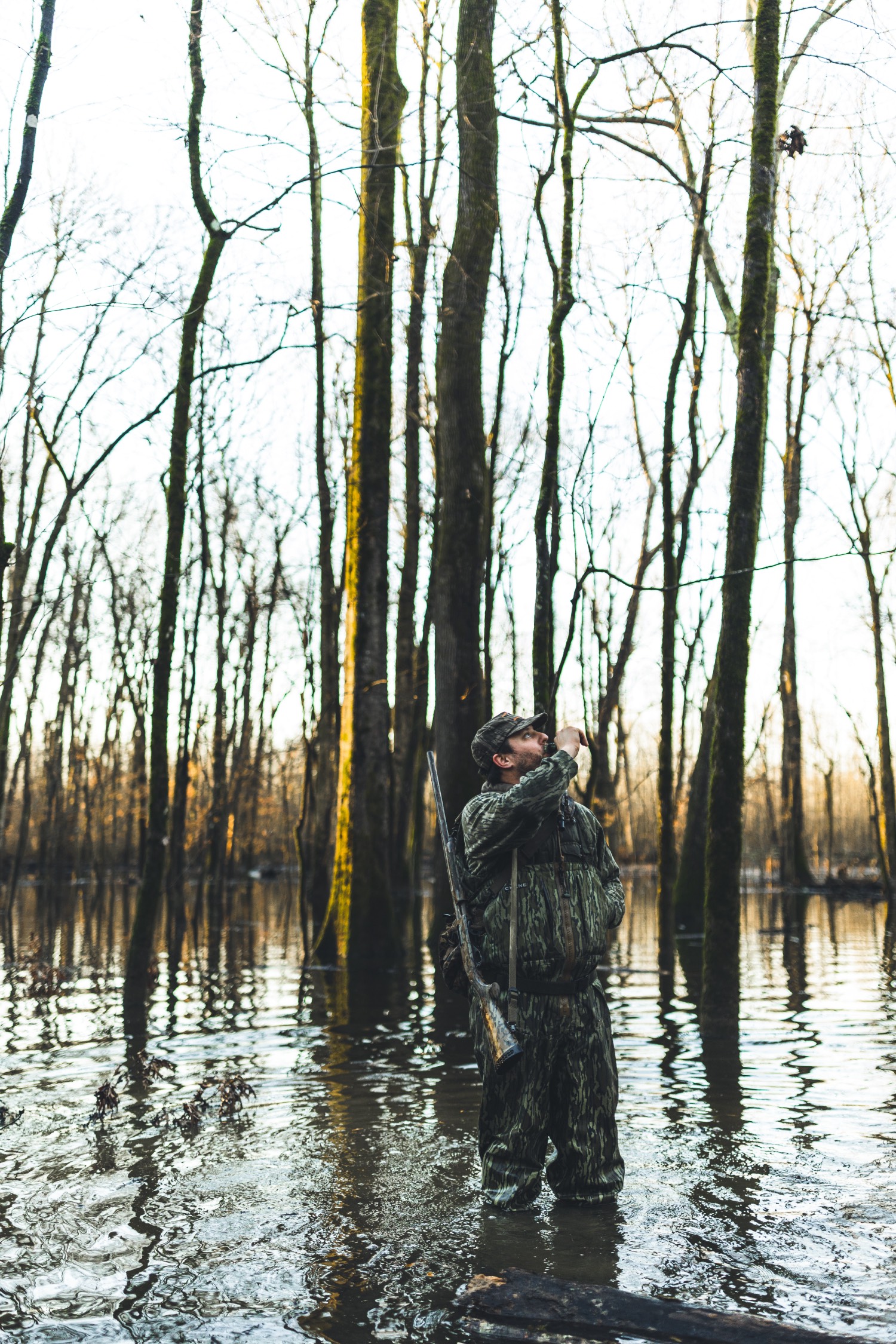
Some hunters prefer to simply stand next to a tree in the shallowly flooded timber. They may have no more than a nail or two driven in an oak from which to hang their shell bags and duck straps. Others have permanent or temporary seats or platforms attached to their trees for the comfort of themselves and their dogs. A few even go to the extreme of placing gravel or crushed rock around the base of their favorite tree during the dry-off season in order to have firm footing when shooting.
Many hunters, however, prefer to shoot from a fixed blind or stand. These range from simple open wood boxes to very elaborate structures elevated above the water surface on stilts. They can be sized for just a pair of shooters or may be large enough for as many as ten or more gunners. Blinds that are accessed by boat usually have a covered space, or boat-hide, for their craft either behind or below the main shooting platform. In some cases, there is space in the blind for a small kitchen where an elaborate breakfast can be prepared during a lull in the flight. These stake blinds are usually camouflaged by attaching oak branches with the leaves still intact. If well done, they blend into the woods perfectly and do not bother the ducks at all. The possibilities are endless and limited only by a waterfowler’s imagination.
It is fair to say that practically all timber hunters favor the use of decoys. There is, however, not much agreement on the type, number, or placement pattern. There is also the question as to whether they can be left out or should be picked up at the conclusion of each hunt. There is even less consensus on the effectiveness and use of motion decoys. Some timber hunters swear by the age-old jerk string, while others insist on deploying the latest spinning-wing, swimming, or pulsating devices. Again, the possibilities are endless.
Many of the good timber holes and blinds have been given affectionate names. Some that come to mind are “Hot Damn” at Greenbriar, “Number 11” at Wingmead, “The Family Hole” at Lost Island, and the “Hilton” at both Five Oaks and Duck Rock.
Matthew Finley, a Little Rock mortgage broker, loves to shoot mallards in flooded timber. He grew up hunting with his grandfather and father, gunning the woods at famous places like Lost Island and Circle S. He shot his first duck—a mallard—at Lost Island at age six. For the past five years he has leased 600 acres along the west side of Bayou Meto near the settlement of Reydell, in Jefferson County. He organized a club structure and shares the lease with six other annual members. Capturing its location, they have named it simply the Section 25 Hunting Club. Members are free to bring one guest each day after the opening weekend.
Because of the topography and the importance of maintaining the optimum depth, only 250 acres of the lease are flooded. There is an open area of about forty acres within the timber—perhaps it is deeper—that grows up in moist soil plants like smartweed and barnyard grass. It is maintained as a refuge and attracts good numbers of birds.
The club hunts three main holes: South Hole, Jonesboro Hole, and Blue Line Hole. The sizes of the holes vary from sixty yards in diameter at the South Hole to thirty yards across at Jonesboro. Finley says, “Holes are more for the hunters than for the ducks. I’ve seen mallards fall into the woods with no problem in places with just a small break in the canopy … the loss of one tree can be enough.”
Finley believes that the health of the woods is of paramount importance. The ability to get the water on and off at critical times is key to keeping the mast-producing trees in a vigorous state. At Section 25 water is usually pumped in from the bayou beginning November 1. It is drained off by gravity if the bayou is within its banks, during the second week in February. If the bayou is high in February, the water is trapped inside until it recedes. “The trees are dying in greentree reservoirs where the water cannot be managed properly,” Finley lamented.
Finley agrees with the concept of grooming the forest understory in the off season to promote regeneration of desirable new trees as well as moist-soil plants that provide a more diverse food source for the ducks.
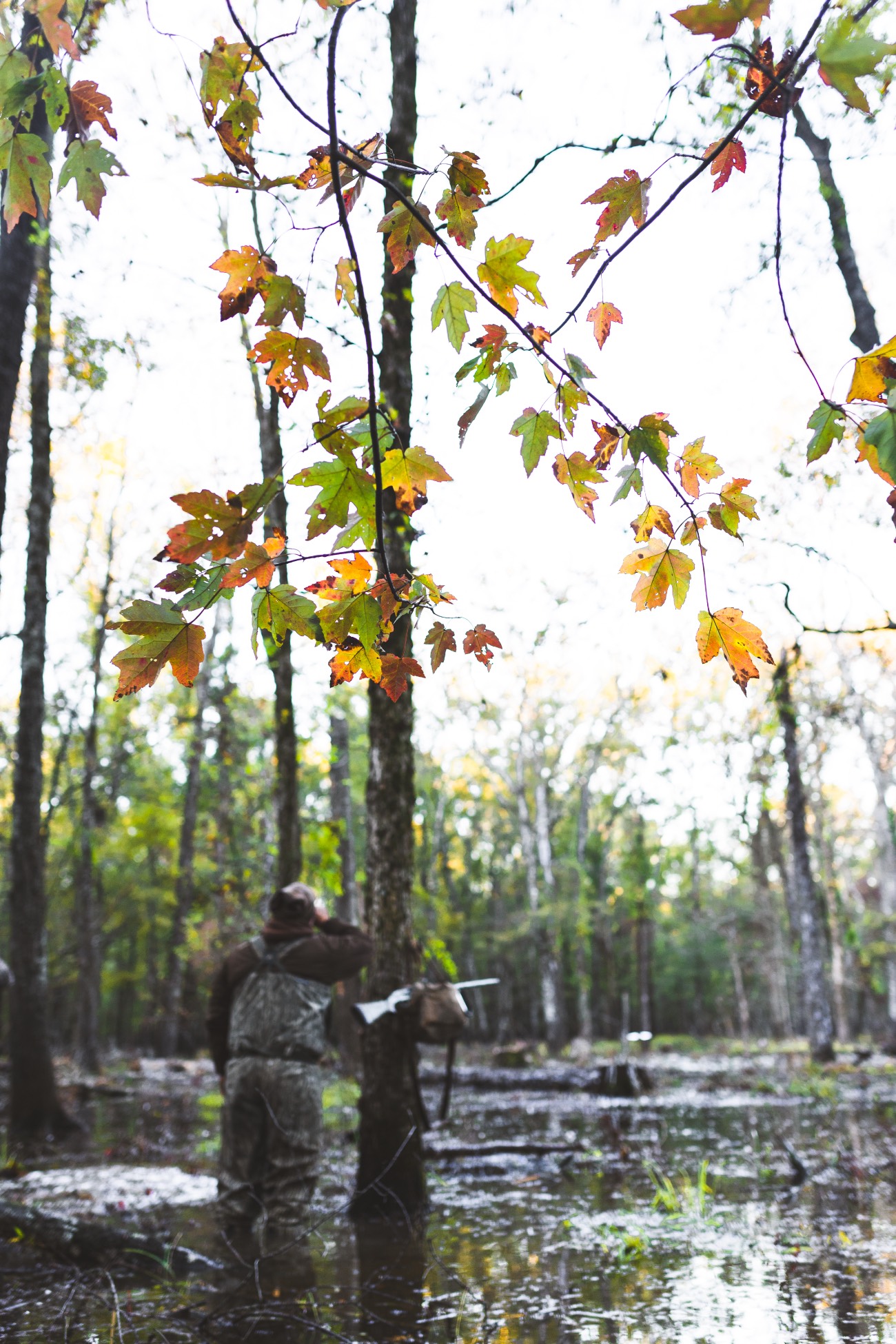
Access to the Section 25 woods is gained by boat—actually a party barge—boarded at the club’s dock on the east side of the bayou. The hunters motor down to their landing on the west side where they transfer to Rangers for the rest of the trip to near their holes. The hunters wade the final yards.
The members of Section 25 hunt the traditional way. They have no fixed blinds or platforms there and prefer the flexibility of being able to simply hunt by a tree selected strategically considering the wind and sun. Some of the hunters have begun using portable marsh stools or strap-on tree seats. The retrievers work from portable dog stands.
There is no formal drawing or rotation process at the Section 25 Hunting Club. Hole assignments are done by mutual agreement each day, frequently through group text messaging.
Section 25 hunters use only a moderate number of decoys, four to five dozen in the larger South Hole and three to four dozen in the smaller Jonesboro Hole. They set them out and pick them up for each hunt. Finley says, “Motion is key, but we don’t use any mechanical gimmicks. A jerk string works just fine for us.”
Finley and the other members hunt the woods sparingly. While they do not have formal rest days, the woods are not hunted every day. It is a rule that hunting ceases at 10:00 A.M., limits or not.
When asked why he thought Section 25 had such spectacular shooting, Finley replied, “When we have a really good week or two of shooting, the thing I attribute it to the most is “Location.” If there are ducks around Mill Bayou, Lumdsen’s, Little Siberia, and Wrape Plantation, then we will have ducks.”
Finley says, “Our best days are when it’s clear and cold with a nice north wind. I hate cloudy days. Our shooting is best in November and December. The birds seem to leave the Grand Prairie and concentrate in the bottoms in January.”






